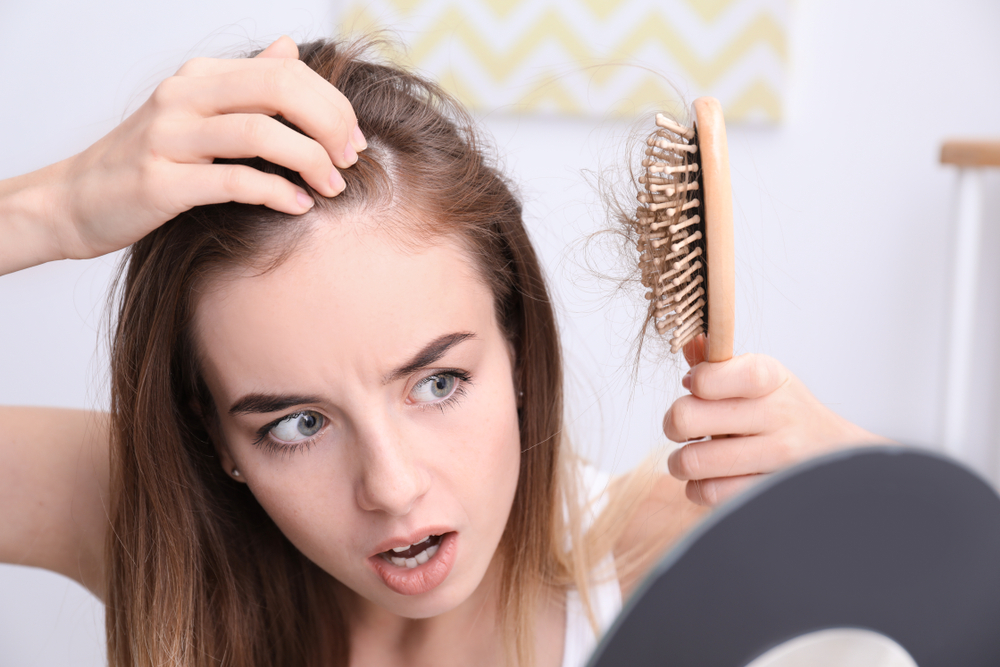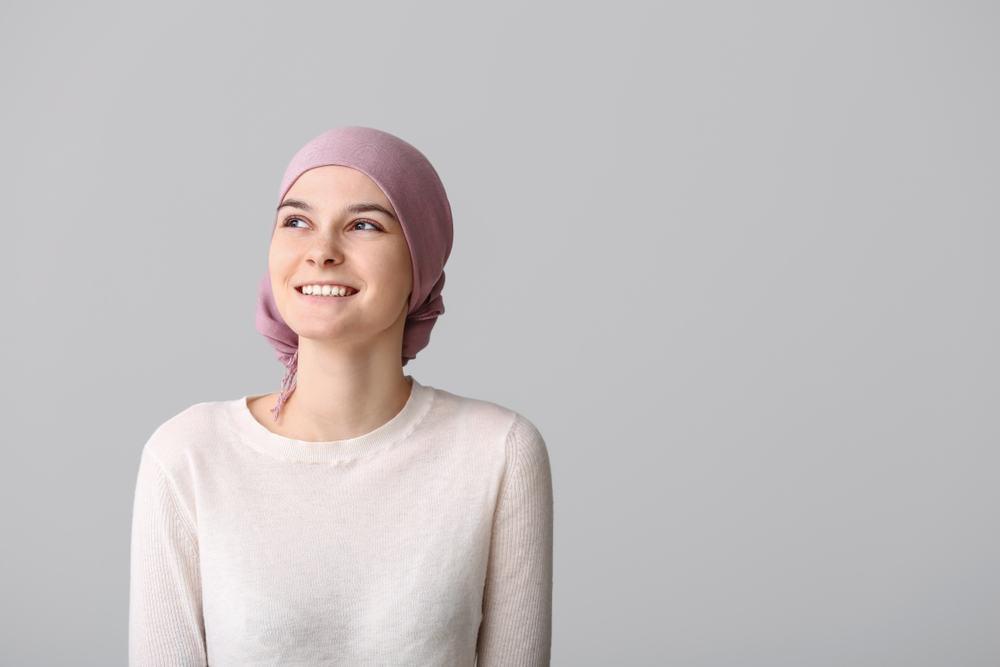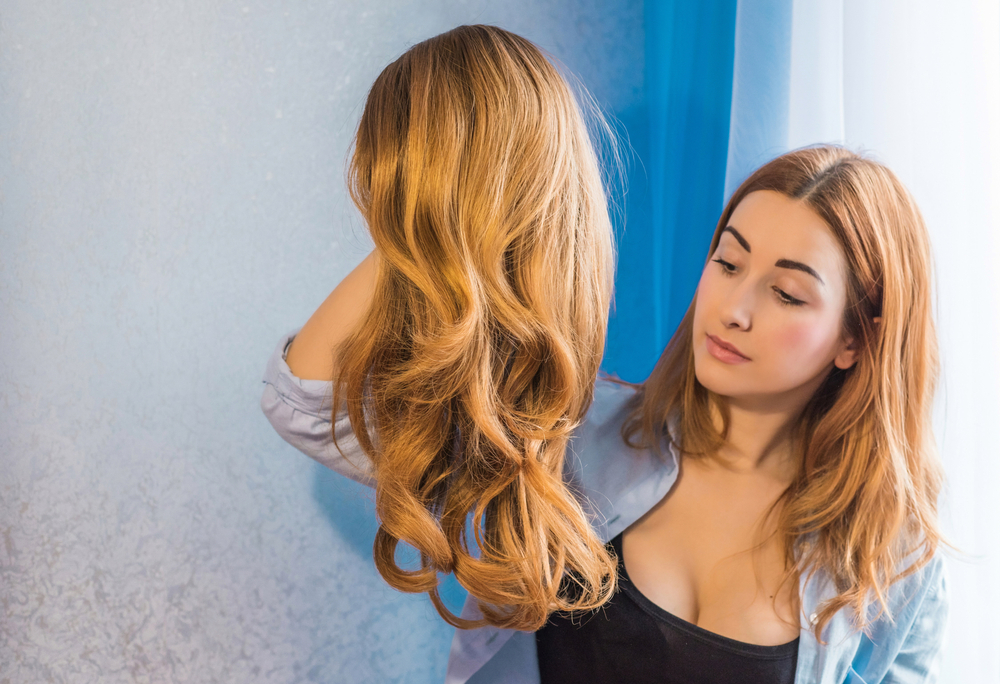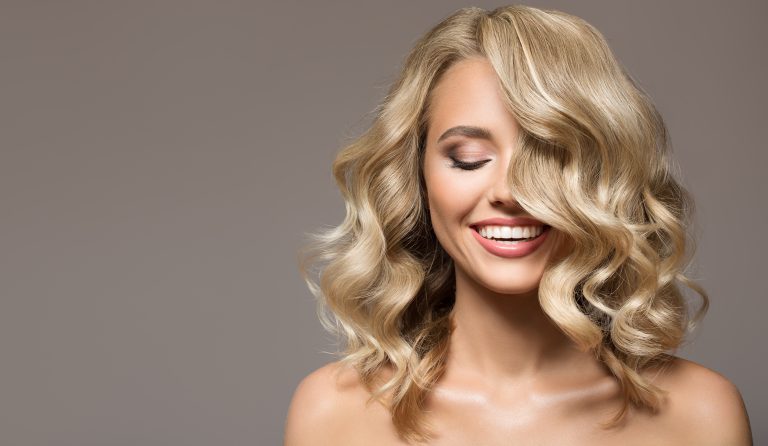Hair Loss and Chemotherapy

Chemotherapy drugs are powerful medications that attack rapidly growing cancer cells. Unfortunately, these drugs also attack other rapidly growing cells in your body — including those in your hair roots. Courses of Chemotherapy can cause hair loss all over your body (not just your head). There are different levels of hair loss dependent on the chemotherapy drug being administered. It’s good to talk to your doctor or nurse about the medication you’ll be receiving and what to expect in regards to hair loss. In most cases the hair loss from chemotherapy is temporary and you can expect your hair to start regrowing three to six months after your treatment ends. Interestingly…there is a chance, that your hair may be temporarily a different shade or texture as it regrows (it could even grow out grey for a while)
What hair loss can you expect from Chemotherapy?
In most cases, hair loss from chemotherapy can happen as quickly as one to four weeks after you start treatment. It could fall out very quickly in clumps or gradually. You’ll likely notice accumulations of loose hair on your pillow, in your hairbrush or comb, or in your sink or shower drain. It’s important to moisturise your scalp as it can become quite tender and irritated from the treatment.
It depends on the type of treatment you are receiving as to how severe your hair loss from chemotherapy will be. It’s best to ask your doctor or nurse, however your hair loss may continue throughout your treatment and even up to a few weeks after your last dose. There are a couple of options if you would like to try to save your hair from falling out, once of which is a cold cap.
During your chemotherapy infusions, a closely fitted cap that’s cooled by chilled liquid can be placed on your head to slow blood flow to your scalp. This way, chemotherapy drugs are less likely to have an effect on your hair. Although this isn’t a certainty, Scalp cooling caps (scalp hypothermia) can save some of your hair from falling out and some ladies do have success with cold cap therapy.
Whats the best way to prepare my hair for chemotherapy?
Before treatment
Nows the time to be kind to your hair, no harsh chemical treatments and air dry your hair in preference to using any heated devices. If you’re opting to not cut off your hair, at least consider having it cut shorter so it’s a better transition for hair loss.
During treatment
Always use a soft brush with any remaining hair you have and use a gentle shampoo. Consider shaving your head to avoid itchy scalps, or sensitivity as your hair falls out. Keep your scalp well moisturised, avoiding dry skin. Always protect your scalp from cold or sun.
After treatment
Your new hair growth will be especially fragile and vulnerable to the damage caused by styling products and heating devices. Hold off on colouring or bleaching your new hair until it grows stronger. Processing could damage your new hair and irritate your sensitive scalp. You might want to continue wearing your wig even as your hair begins to grow back. Some people continue to wear wigs until their hair grows out longer or because their hair regrowth is initially different from their pre-chemo hair.

When Should You Start Wearing a Wig?
Wherever possible it’s best to have your plan in place before commencing your treatment. By visiting your wig specialist prior to treatment it is easier to colour match your biological hair and also see the style you like to wear your hair in. Or at least take photos of your hairstyle as a reference. For the most seamless transition, select your wig before starting chemo and then wait until your hair is just starting to thin to begin wearing it.
A lot of ladies opt to cut their hair short as soon as they start their Chemotherapy, some shave their hair off and start wearing the wig upon commencement of therapy. This way no one can tell that they’re having Chemotherapy as the wig looks just like their own hair. A beautiful wig can help give ladies some sense of normalcy and ensure they feel and look like themselves, even through they have lost/or are losing their own hair.

Where to shop for a wig
Shop locally if you can. Ask your oncology team or cancer support group for recommendations. Trying on wigs in person with a professional stylist is the ideal way to achieve the best result. Your wig specialist will match you up with a wig that matches your style, colour and ensure it’s customised to suit you. A visit to your Wig Specialist can be quite a reassuring experience and one where you can feel a little at ease as you receive support and advice. The in person salon consultations are usually no charge, and you can expect to go over your style, activities and how you’re going with your therapy. If you have private health, you will be able to claim a rebate for your wig as it’s for medicinal reasons.
FAQS :
1. Will my hair definitely fall out during chemotherapy?
It depends entirely on the type of treatment you’re receiving as to whether you will experience hair loss from chemotherapy.. In most cases, chemotherapy does involved losing hair all over the body. There are some ways of trying to avoid losing all your hair on your head, cold cap therapy is one way that some women have success.
2. How soon after starting chemotherapy will my hair begin to fall out?
Hair loss from chemotherapy can start as quickly as one week to four weeks after you commence treatment. Your degree of lose can vary from thinning, through to large clumps simply falling out. It’s never a nice experience and one that most people find as one of the most confronting parts of having the treatment.
3. Is it necessary to wear a wig after hair loss during chemotherapy?
Although not necessary, most women choose to wear a wig and regain their ‘usual’ look as quickly as they can. A beautiful wig can restore confidence levels and bring back your identity. Wigs today are very natural looking and it’s hard to tell you’re wearing on in most cases.
4. Can I still style my wig like normal hair?
When opting for a natural looking human hair wig, yes you can style your wig exactly the same as your would your own hair. Human hair wigs will tolerate the same high heats as our own hair will and can be easily styled and ready to wear. Wigs save a lot of time at the getting ready stage, as they are always styled and ready to go.
5. How often should I clean my wig, and what products should I use?
Always use the shampoo and conditioners your wig specialist has recommended. Do not use normal hair shampoos and conditioners as these will not be suitable for your wig. Wash your wig ever 10-12 wears if wearing every day. Washing instructions will be provided by your wig specialist and it’s a simple process to do. Air drying your wig is preferred and it’s also recommended to run a heated iron or tong through your human hair wig to seal the fibres after washing.



